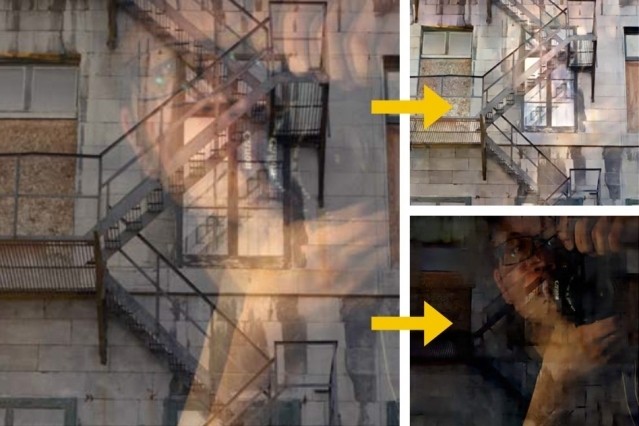Researchers at MIT have developed an algorithm capable of removing reflections from an image, a common annoyance that anyone who has snapped a picture through a window is likely familiar with.
Lead researcher YiChang Shih said the algorithm is built upon the basis that most photos taken through windows feature two nearly identical reflections that are slightly offset from each other.
The dual reflections are most often a result of taking a picture through a double-pane window in which one reflection comes from the inner pane with the other is created from the outer pane. Thick windows are usually enough to produce the double reflection as well, Shih added.
Without the double reflection, it's virtually impossible to remove a reflection from a photo.
Practical applications for such a technique are aplenty. The obvious application would be in the world of digital photography. Specifically, digital camera makers could develop cameras capable of detecting and removing reflections automatically.
The algorithm would also make a nice addition to a post-processing application like Photoshop so the feature wouldn't be limited to a particular camera make or model. The algorithm could even help robots improve their vision when looking through windows so they would be less likely to become confused.
The researchers plan to present their findings at the Computer Vision and Pattern Recognition conference next month.
